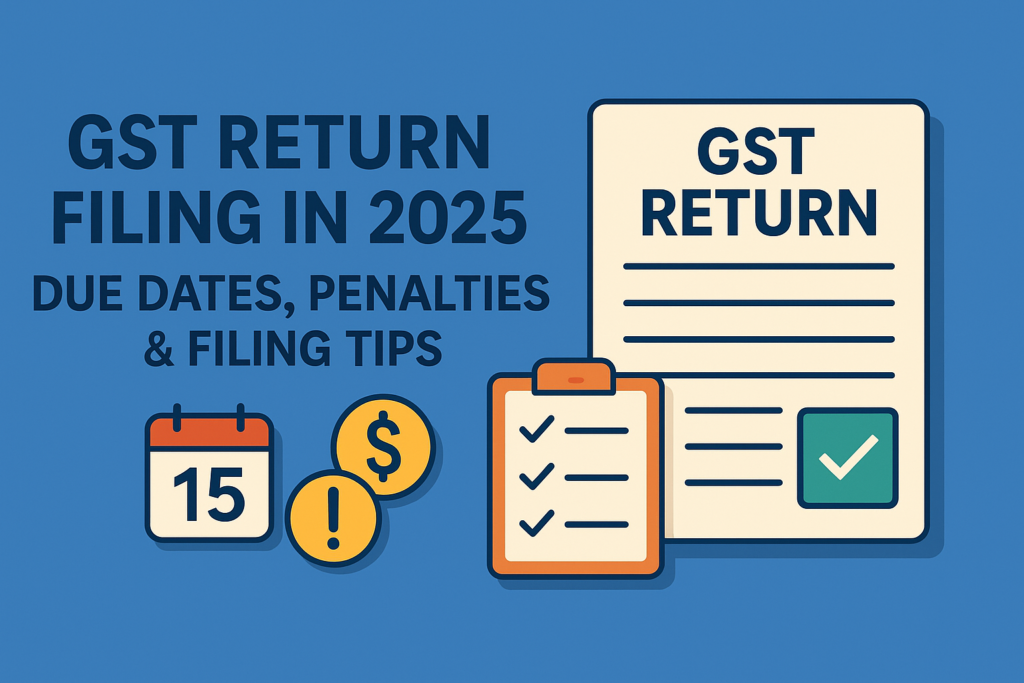
Introduction
Changing the name on a property tax record is a crucial step for many reasons, whether it’s due to a change in ownership, marriage, divorce, or other legal matters. Ensuring that your property tax records are up-to-date is essential for accurate billing, legal documentation, and avoiding potential issues with your property taxes. This comprehensive guide will walk you through the simple steps and essential tips for making a property tax name change smoothly and efficiently.
1. Understanding the Need for a Property Tax Name Change
Why Change the Name?
There are various scenarios where a property tax name change may be necessary, including:
- Property Transfer: When property ownership changes, the new owner’s name must be updated on the tax records.
- Marriage or Divorce: Name changes due to marriage or divorce require updating property records to reflect the new legal name.
- Legal Name Change: Individuals who legally change their name for personal reasons need to update their property tax records to match.
Implications of Not Updating
Failing to update your property tax records can lead to:
- Miscommunication: Important tax documents and bills might be sent to the wrong person.
- Legal Issues: Discrepancies in property records could result in legal disputes or complications in property transactions.
- Tax Penalties: Incorrect or outdated information might result in errors in tax assessments or payments.
2. Steps to Change the Name on Property Tax Records
Step 1: Gather Necessary Documents
Before initiating a name change, gather all relevant documents, which may include:
- Proof of Identity: Government-issued ID (e.g., driver’s license, passport).
- Proof of Name Change: Legal documents such as marriage certificates, divorce decrees, or court orders.
- Property Documents: Property deed, purchase agreement, or title deed.
Step 2: Contact Your Local Tax Authority
Reach out to your local tax assessor’s office or property tax authority. They will provide specific instructions and forms required for a name change. You may need to visit their office in person or access their website for online forms.
Step 3: Complete the Required Forms
Fill out the necessary forms provided by the tax authority. This often includes:
- Name Change Form: A form specifically for updating the name on property tax records.
- Affidavit or Declaration: A sworn statement or affidavit verifying the name change and your authority to make the change.
Step 4: Submit Documentation
Submit the completed forms along with supporting documents to the tax authority. Ensure that you provide all required information to avoid delays. You may need to submit documents in person, by mail, or online, depending on your local procedures.
Step 5: Confirm Receipt and Processing
After submission, confirm that your request has been received and is being processed. Follow up with the tax authority if you do not receive a confirmation or if there are delays. Ensure that the name change is reflected in the property tax records.
Step 6: Update Other Records
Once the name change is processed, update your records with other relevant institutions, such as:
- Banks: Update the name on your property-related accounts.
- Insurance Companies: Notify your property insurance provider of the name change.
- Legal Documents: Ensure that the name change is reflected in all legal documents related to the property.
3. Tips for a Smooth Name Change Process
Tip 1: Verify Requirements
Different jurisdictions may have varying requirements for name changes. Verify the specific requirements with your local tax authority to ensure compliance and avoid any complications.
Tip 2: Keep Copies of All Documents
Maintain copies of all submitted forms and documents for your records. This will help you track the progress of your request and provide evidence if needed.
Tip 3: Follow Up Regularly
Regularly follow up with the tax authority to ensure that your name change request is being processed. Address any issues or additional requirements promptly to avoid delays.
Tip 4: Consult a Professional
If you encounter difficulties or have complex circumstances, consider consulting a legal professional or property tax advisor. They can provide guidance and assist with navigating the name change process.
Tip 5: Update Personal Records
In addition to property tax records, update your personal records, such as your driver’s license and social security records, to reflect the name change. This ensures consistency across all documents and records.
Conclusion
Changing the name on your property tax records is an essential task that ensures accuracy and avoids potential issues. By following the outlined steps and tips, you can navigate the process efficiently and ensure that your property tax records reflect the correct information. Whether you’re updating records due to a property transfer, marriage, or legal name change, staying organized and proactive will help you achieve a smooth transition.




